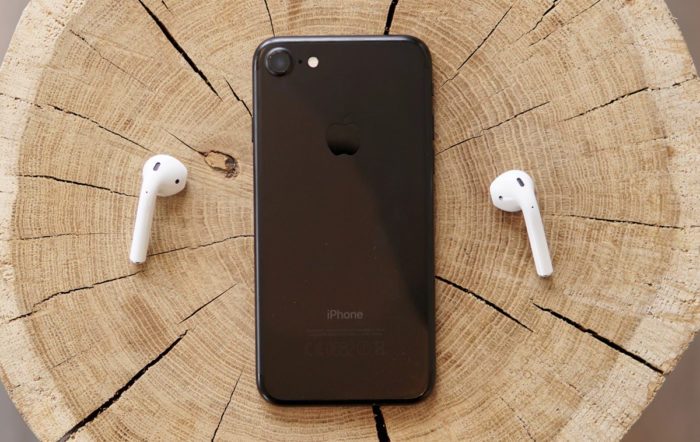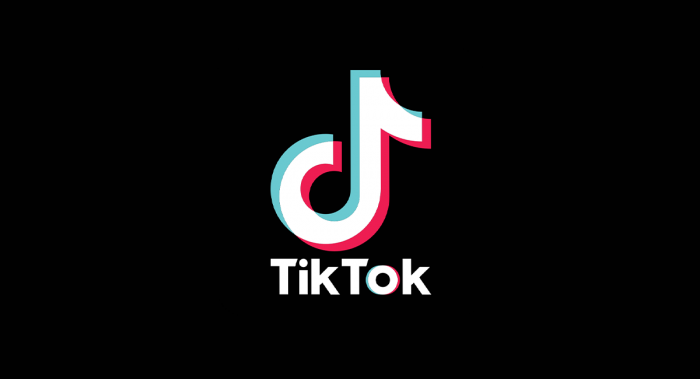There are two types of people on the Internet right now: those who are on Clubhouse and those who wish they could be. Clubhouse has been the apple of internet users’ eyes since the app launched in 2020, and now that it’s hitting the mainstream, brands are starting to pay attention.
At its core, Clubhouse is an audio chat app that allows people to connect and talk in “rooms.” In that way, it’s kind of like a conference call. Users can navigate between different types of rooms based on their interests and what’s popular, and each room is filled with members talking in real time. Some are set up like “stages,” where moderators talk to a listening audience, and others are smaller, more intimate rooms, where all attendees can participate.
The app is one of the first real platforms to successfully capitalize on the appeal of audio and translate it into a compelling social media venture. It’s also getting buzz because of its apparent exclusivity—as it’s still technically in beta, the app is invite-only (but there’s no limit to the number of people an existing member can add), and it only caters to iPhone users.
While some users have certainly found a home for their professional and creative ventures on the app, Clubhouse is also saturated with “wantrepreneurs,” controversial topics, unruly users, and privacy red flags. There are also concerns like incessant notifications and users reporting difficulty in deleting their accounts once created.
Yet, the app continues to grow. Its success has been a slow burn, gaining traction between rounds of investor funding that recently valued it at $1 billion. But the app is still in its infancy, so most of its investor confidence is in what it could be as it matures. Brands and marketers are starting to take notice of this potential, too, and figuring out how to benefit from the app.
While there are no brand profiles on Clubhouse yet, there is still a lot that marketers (and brands as a whole) can learn from it.
Being Earnest & Creating Authentic Connections
More than any other social media platform right now, Clubhouse captures a sense of intimacy. The nascent appeal of Facebook, Twitter, and Instagram was each platform’s ability to translate our lives and thoughts to the world at large. But as intimate connections become more rare, Clubhouse is bringing back the appeal of—gasp—talking to each other.
Don’t you miss it? The flow of conversation uninterrupted by the static-y software of House Party, nor the dreaded formal cadence of Zoom? “The sense of community and authenticity, fueled by real time audio conversations, that has stood out,” says Ronjini Joshua in a piece for Newsweek. “By allowing users to derive meaning from the intonation and rhythm of speech, and to feel that they are part of a fireside chat—rather than a town hall—it has uniquely captured the moment.”
Gone are the days of unanswered DMs and ignored Twitter mentions. Talking to someone on Clubhouse just requires a raised hand, even in larger rooms with high-profile moderators. Most rooms function as open conversations, like ones at the dinner table or conference calls where everyone is actually on the same page.
As brands start to tiptoe onto the app, peeking around to see what the kids are talking about, they’re finding the most success by tapping into that intimacy, and creating connections with consumers, and even competitors.
Listening & Learning
For now, the space feels distinct from the more established corners of the Internet that are overpopulated with brand messaging. While it doesn’t take long for that to change, that open pasture is part of what’s making Clubhouse so interesting to marketers.
And because of the app’s emphasis on conversation, educational marketing rooms have been popular on Clubhouse. Users aren’t just looking to shoot the breeze with their peers—they’re searching for experts to give them advice, with the potential to become future connections. Elon Musk’s sessions, in particular, have been especially popular. “Clubhouse gives you access to subject matter experts that might normally be out of your reach,” said Peter Boolkah in an article for Forbes. ”You get to listen to people who have achieved extraordinary things, and if you’re lucky, you can ask them specific questions.” Instead of trailing a high profile guest at a networking event in real life, users get all the benefits of industry experts and are leaning into learning.
The real-time chats have the potential to change how advertising and marketing work, with marketers capitalizing on the potential for real feedback, going directly to their audiences instead of speculating to exec boards and focus groups.
Experts and individuals are thriving, but what about brands themselves? While it’s still early on, Scott Nover noted in a piece for Adweek that brands of all sizes are starting to explore the new space. “The lack of a playbook and the ephemeral nature of the app hasn’t stopped a few intrepid consumer brands from dipping in their toes, even when it might make more sense for business-focused advertisers,” he said.
If brands are eager to find a home on Clubhouse, they have to proceed with caution. They can’t approach Clubhouse with a transparent sales goal, lest they risk bursting the trust bubble and losing customers.



